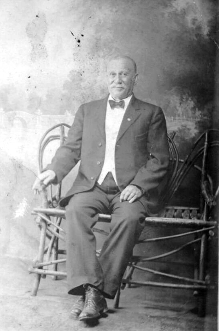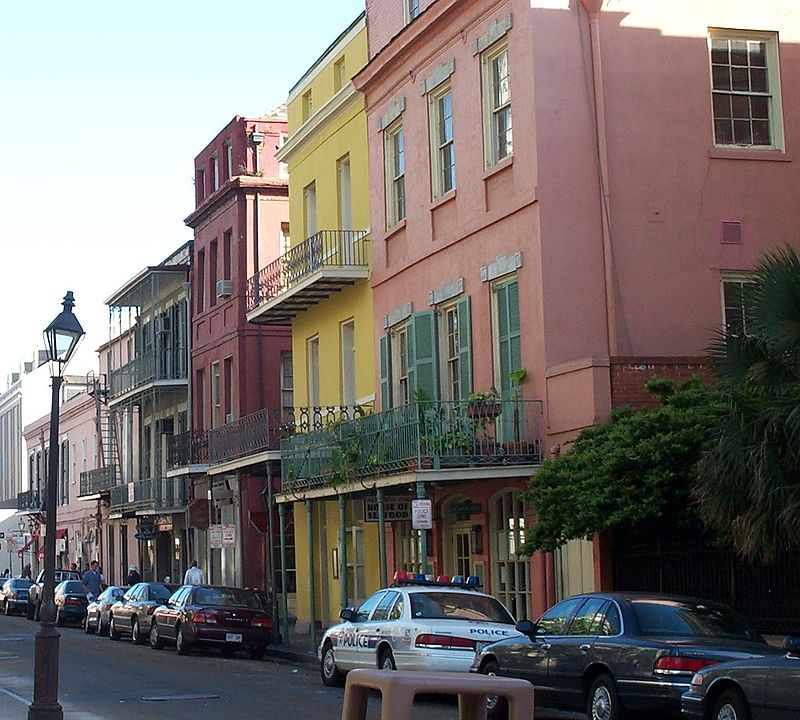Historical and Cultural Convergences 3
The prevalence of music in the streets via marching bands, wagon advertisements, and spasm bands, meant that vernacular innovations were available to everyone within earshot, despite the strict segregation rules that sought to keep White people free from Black cultural penetration. The neighborhoods that enjoyed the most outdoor activity produced the most jazz musicians, mainly because of pervasive ethnic and racial diversity. These neighborhoods included Tremé (the lower French Quarter), the Seventh Ward (situated in the downtown area "below" Canal Street), Central City, the Irish Channel (uptown, "above" Canal Street), and Algiers (on the West Bank). "Crazy quilt" settlement patterns that predated segregation, interspersing Creoles, Blacks, Whites, Jews, Hispanics (including Isleños and Filipinos), and Latinos in proximity within blocks, albeit in varying degrees, characterized them. Demographics, therefore, reinforced young people's predisposition to respond to the "hotter" and more expressive New Orleans dance music that came to be known as jazz. This trend enabled a musical style rooted in the uptown African American community's "good time" practices to spread rapidly throughout the entire metropolitan population and into the rural hinterland.
Cultural connections between the city and countryside were reciprocal. Trumpeter James Brown Humphrey (the grandfather of Percy and Willie Humphrey of Preservation Hall fame) was an itinerant New Orleans music "professor" from 1889 until 1915. He serviced plantations on the Mississippi River, extending from Plaquemines Parish to Donaldsonville, near Baton Rouge. Plantation owners hired him to provide instruction on brass instruments to workers as a form of recreation-intended as a means of keeping them satisfied with their condition. Instead, his teaching allowed his pupils to find work in New Orleans as part of the budding group of jazz musicians who converged on the city after 1910. These students included:
- The Morgan brothers (Sam, Isaiah, and Andrew)
- Nathan "Jim Crow" Robinson and his nephew
- Sidney "Jim Little" Brown (all in Sam Morgan's Jazz Band)
- Chris Kelly (Eclipse Brass Band and Magnolia Orchestra)
- Charles "Sunny" Henry (Excelsior Brass Band and Hippolyte Charles Orchestra)
- William "Bébé" Ridgley (Original Tuxedo Jazz Orchestra)

James Brown Humphrey
Humphrey favored Otto Langey's method books, but many of his students wanted only enough education to permit them to seek work professionally without necessarily mastering musical literacy as a prerequisite.
Trombonist Frank Duson, who took over Buddy Bolden's Band after that leader's nervous breakdown in 1906, was another urban "professor" who covered the plantation circuit. Students in the city, such as clarinetist Sidney Bechet or trumpeter Freddie Keppard, often acted like their rural counterparts. They started with solfège The practice of singing exercises to the syllables of solmization. Also, any vocal exercise. (usually from the Panseron booklets), took enough instruction to achieve a decent tone and master basic manipulation of the instrument, and then used the bandstand as their finishing school.
Louis Armstrong
Very few of the men whose names have become great in the early pioneering of jazz and of swing were trained in music at all. They were born musicians: they felt their music and played by ear and memory. That was the way it was with the great Dixieland Five.
Wynton Marsalis
Jazz music is the power of now. There is no script. It's conversation. The emotion is given to you by musicians as they make split-second decisions to fulfil what they feel the moment requires.







